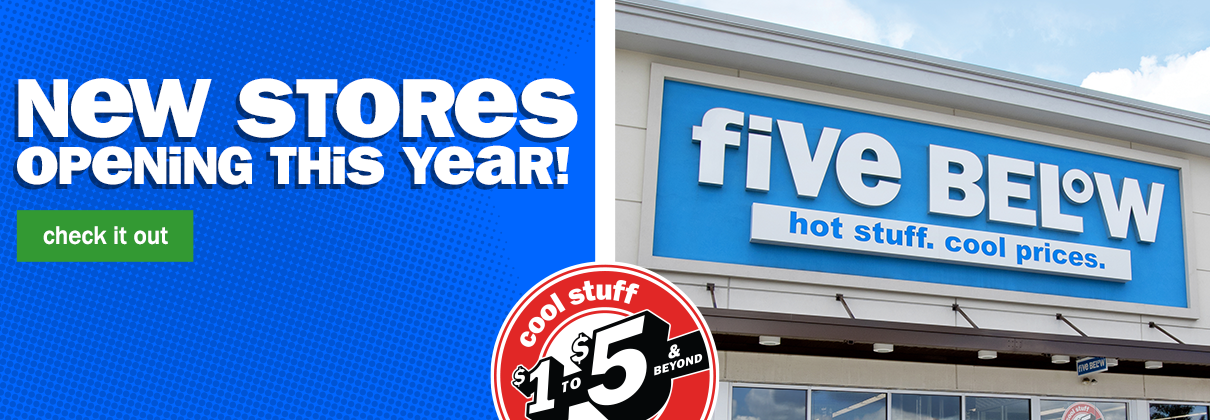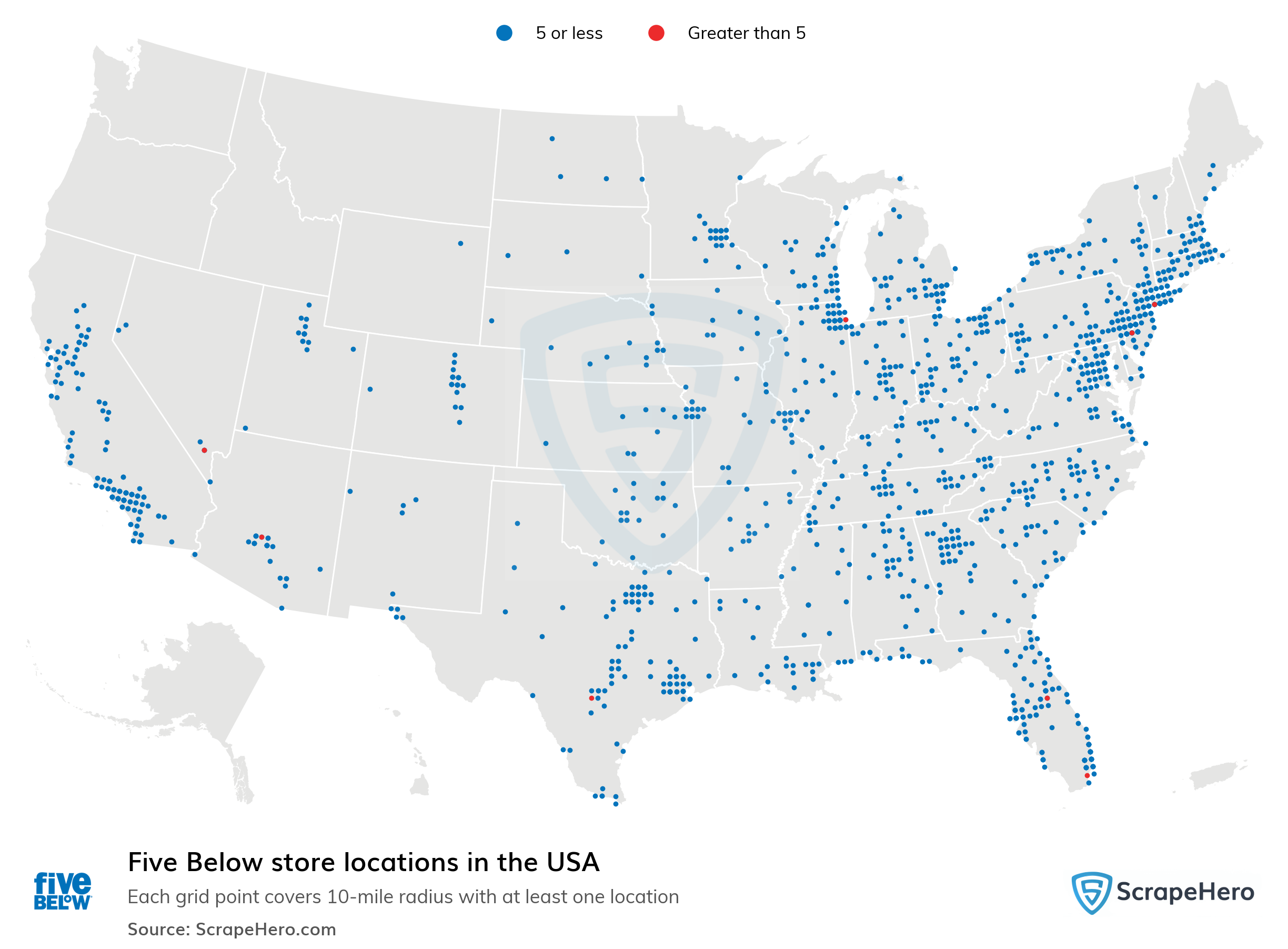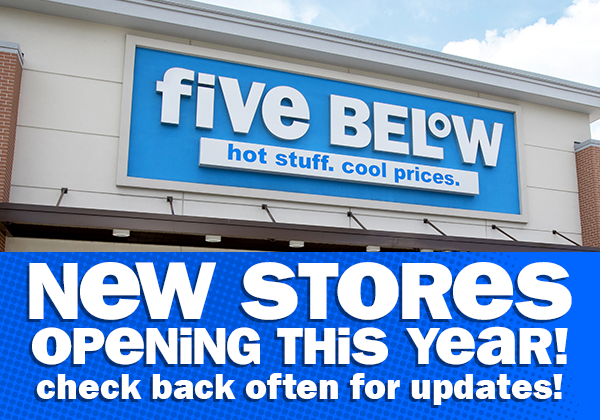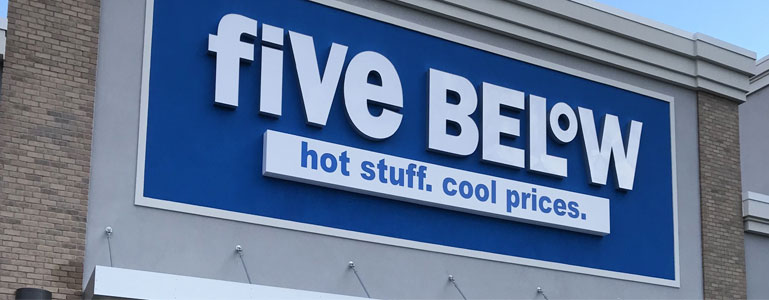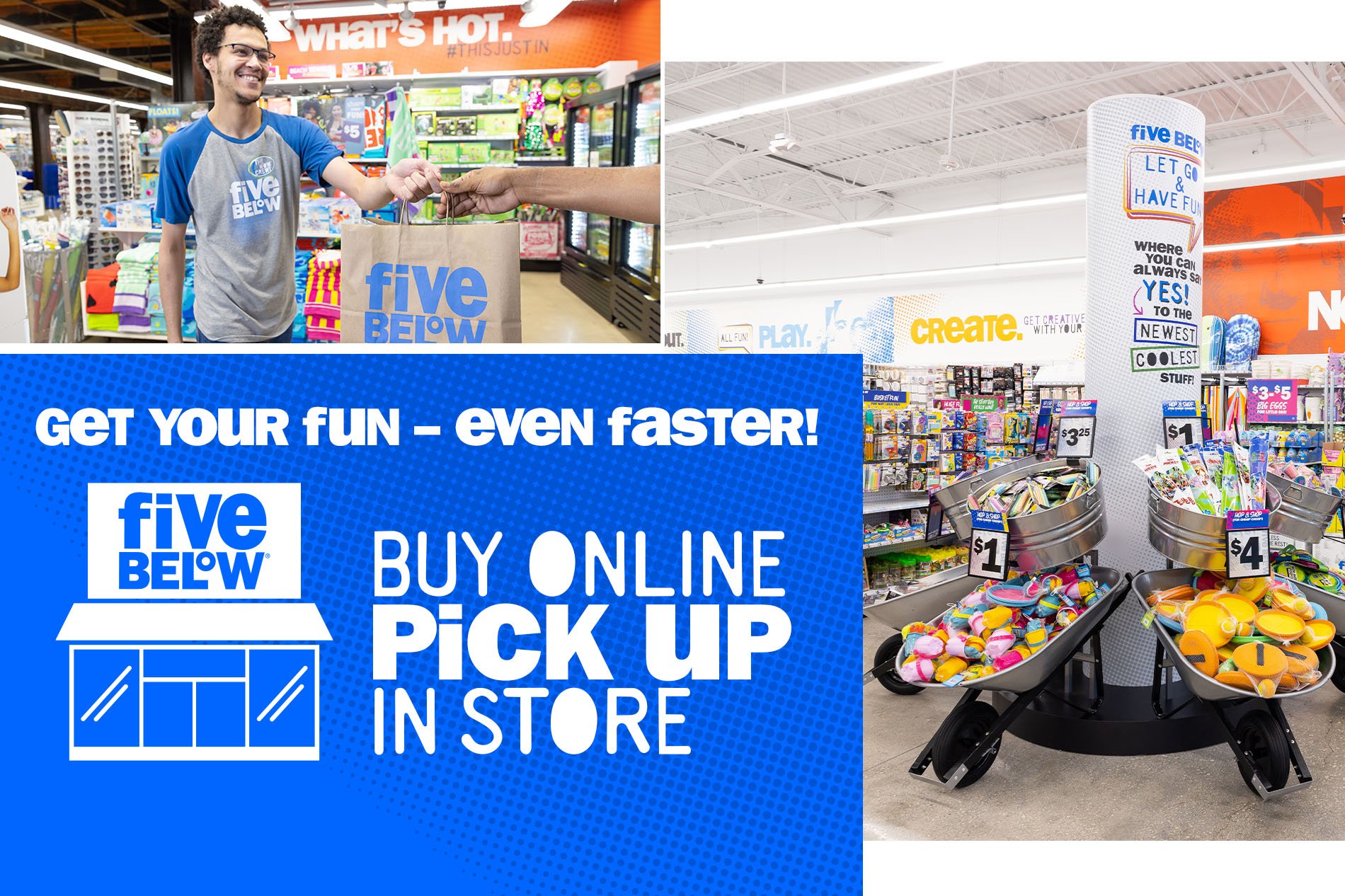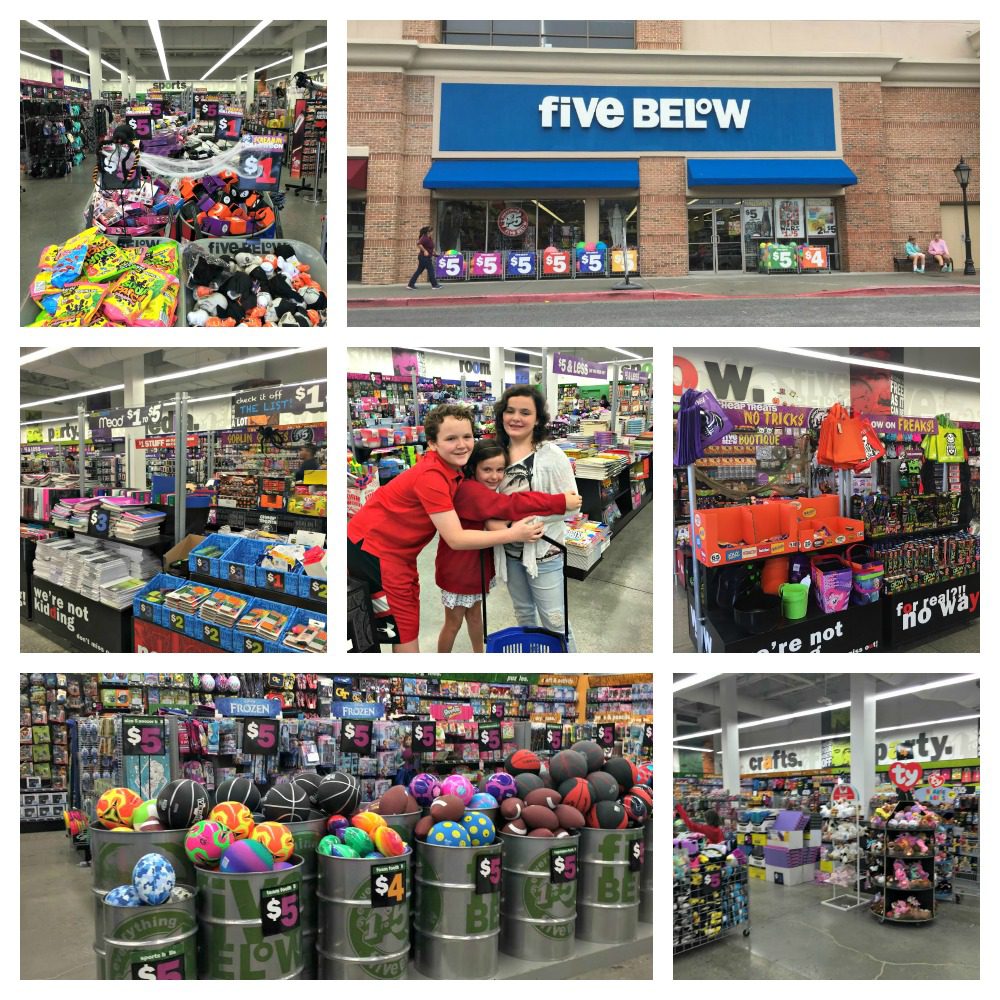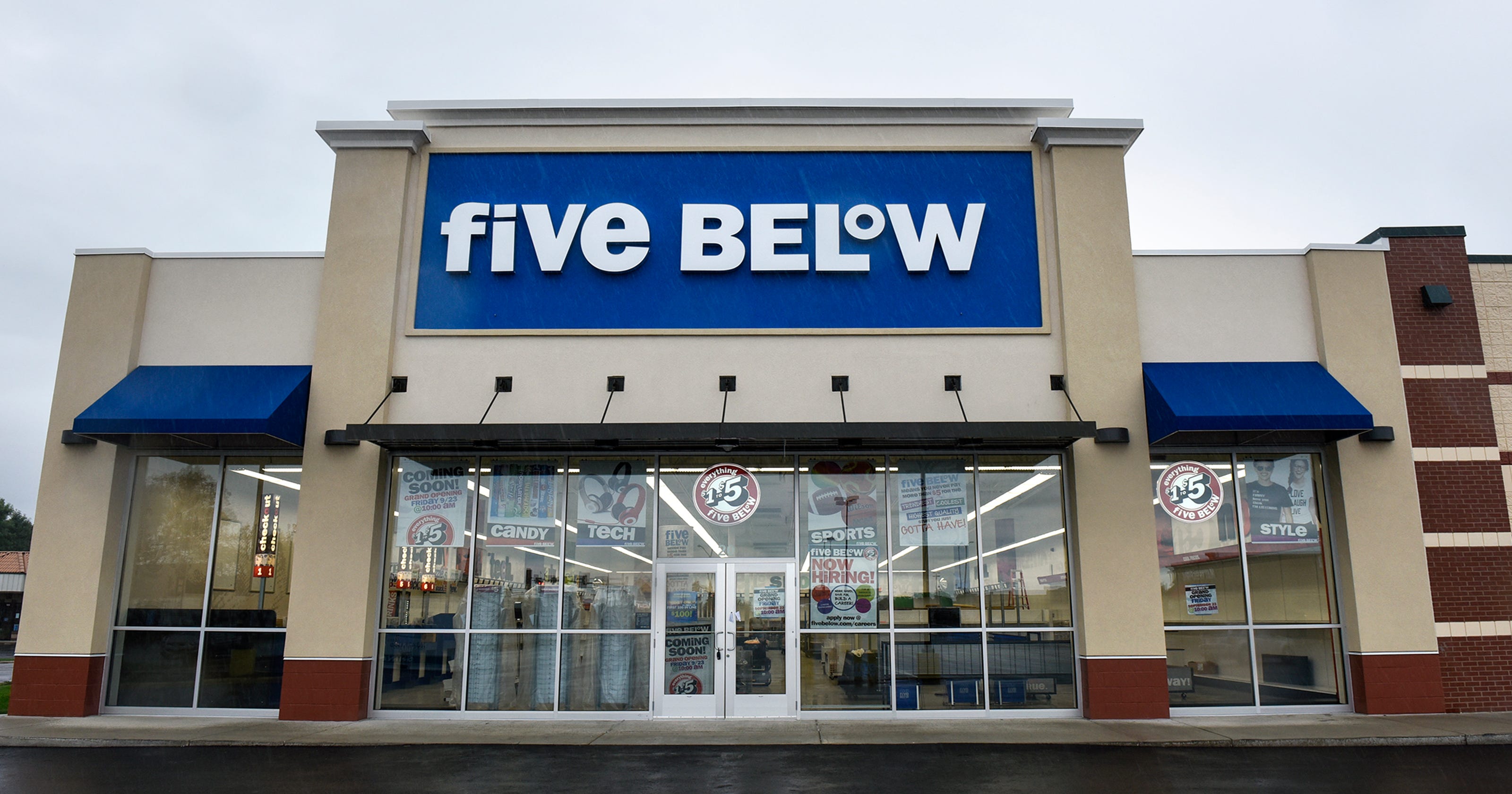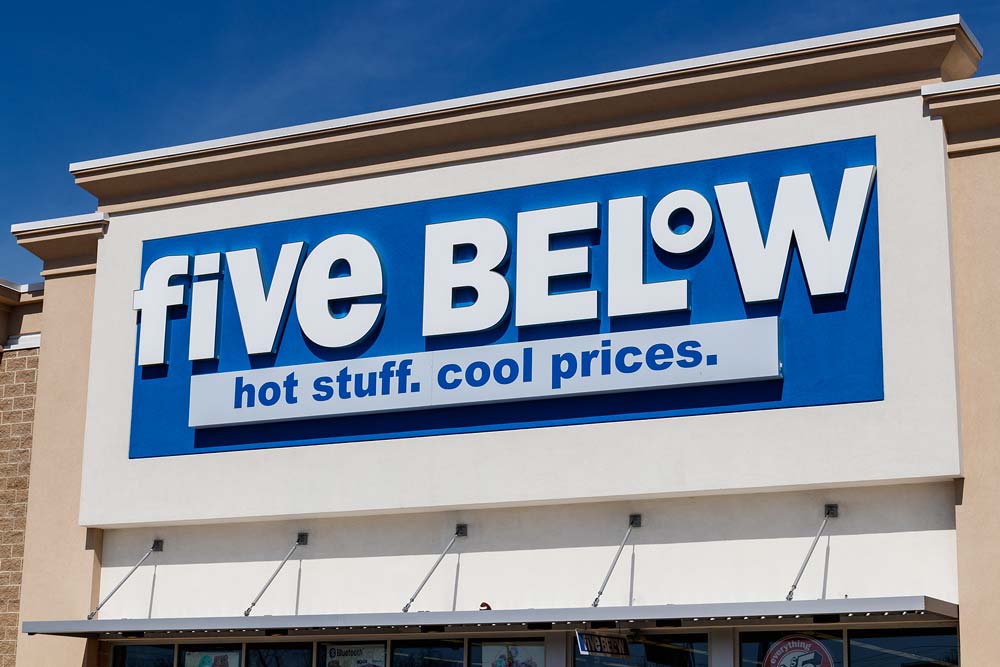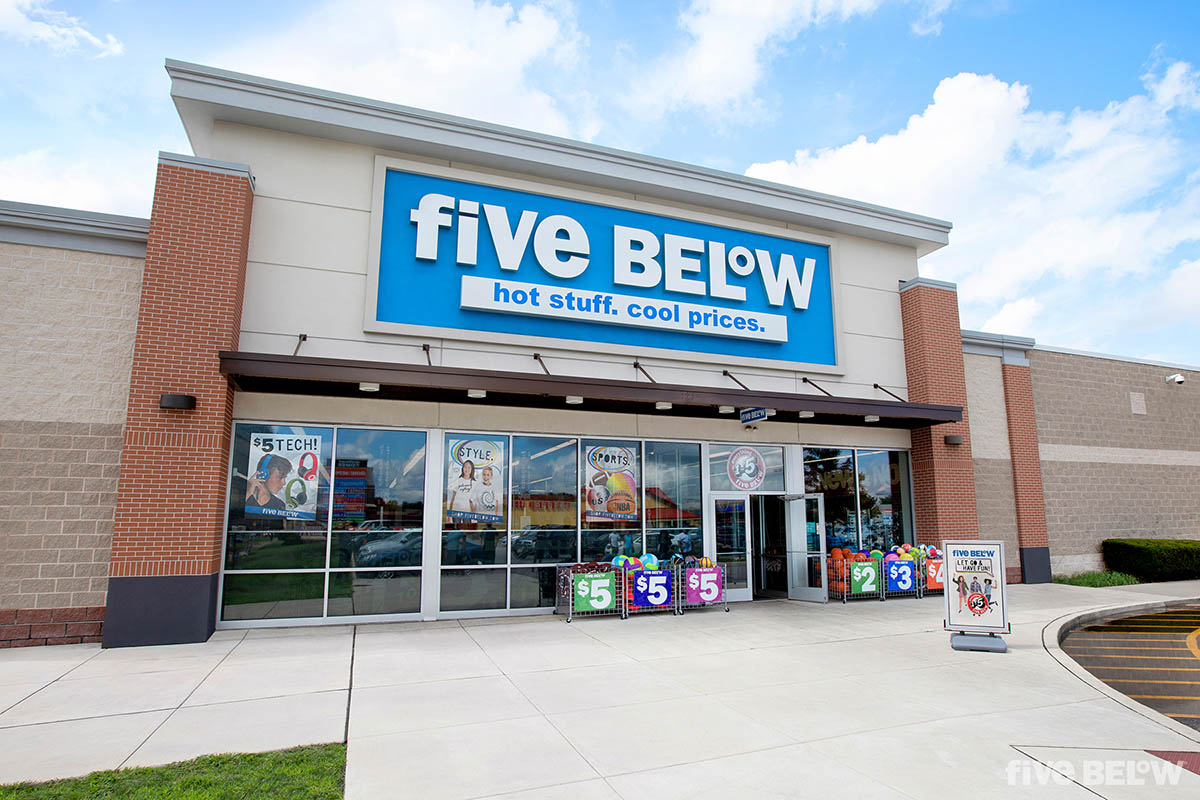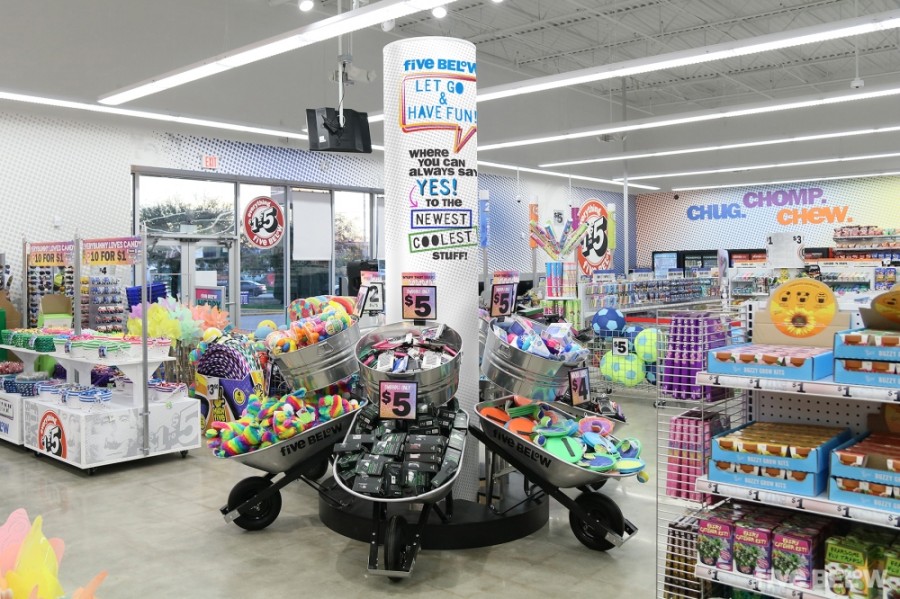Nearest Five And Below To Me
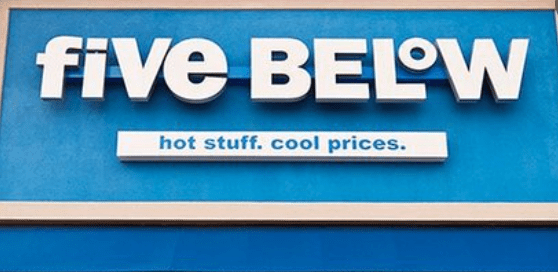
In an era defined by rising costs and tightened budgets, the allure of discount retail stores like Five Below has never been stronger. Millions of Americans are increasingly reliant on these chains for everyday essentials, affordable treats, and trendy novelties. The accessibility of these stores, however, varies greatly depending on location, sparking ongoing discussions about retail deserts and equitable access to affordable goods.
This article will provide an overview of the nearest Five Below locations, while examining the broader context of the company's expansion strategy, its impact on local communities, and the challenges faced by consumers seeking affordable options. We will utilize publicly available store locator data, analyze the company's financial reports, and consider expert opinions on the retail landscape. This examination aims to give readers a clear understanding of Five Below's presence and its role in the current economic climate.
Finding the Nearest Five Below
Determining the nearest Five Below requires utilizing the company's store locator. The official Five Below website provides a search tool where users can enter their zip code or city to find nearby locations. Google Maps and other map applications also offer search functionality to locate the nearest store.
The results typically include the store's address, phone number, hours of operation, and a link to get directions. Third-party apps and websites may offer similar services but users should verify the accuracy of the information with the official Five Below website.
Analyzing the Search Results
After conducting a search, several key factors determine the usability of the results. Proximity to the search location is a primary concern, as longer distances can negate the benefits of discounted prices. The hours of operation are another crucial detail, especially for those seeking to shop before or after work hours.
Availability of public transportation to the store location can also influence accessibility, particularly for individuals without personal vehicles. Customer reviews can give insights into the store's organization, cleanliness, and overall shopping experience.
Five Below's Expansion Strategy
Five Below has experienced significant growth in recent years, fueled by its low-price point and targeted marketing towards teens and young adults. The company's expansion strategy primarily involves opening new stores in high-traffic areas, such as shopping malls and strip centers. These locations are selected after careful demographic analysis, focusing on areas with a significant population of their target demographic.
According to recent financial reports, Five Below plans to open hundreds of new stores in the coming years. This aggressive expansion demonstrates the company's confidence in its business model and its commitment to capturing a larger share of the discount retail market.
Impact on Local Communities
The opening of a new Five Below store can have both positive and negative impacts on local communities. On the positive side, the store creates new jobs, providing employment opportunities for local residents. It also increases foot traffic in the area, which can benefit other nearby businesses.
However, the arrival of a large chain store can also present challenges for small, independent retailers. These local businesses may struggle to compete with Five Below's low prices and wide selection. Critics also point to the potential for increased traffic congestion and environmental impacts associated with increased consumer activity.
The Discount Retail Landscape
Five Below operates within a competitive landscape that includes other discount retailers, such as Dollar General, Dollar Tree, and Family Dollar. Each of these chains targets price-conscious consumers and offers a wide range of products at discounted prices.
While they share a similar business model, these retailers differ in terms of their target demographic, product mix, and store locations. Dollar General, for example, often focuses on serving rural communities, while Five Below concentrates on urban and suburban areas with a strong youth presence. The rise of online retailers like Temu and Shein also presents challenges for traditional brick-and-mortar stores.
Addressing Retail Deserts
The uneven distribution of retail stores across different geographic areas contributes to the problem of retail deserts. These areas, often located in low-income communities, lack access to essential goods and services, forcing residents to travel long distances or rely on higher-priced alternatives.
Five Below's expansion strategy does not explicitly focus on addressing retail deserts, but its presence in certain communities can provide much-needed access to affordable products. Addressing the issue of retail deserts requires a multifaceted approach, involving government initiatives, community-based organizations, and private sector investment.
Challenges and Perspectives
Consumers appreciate Five Below's low prices and wide selection, but some have raised concerns about the quality of certain products. Others have criticized the company's marketing tactics, arguing that they target young people and encourage impulsive purchases.
From a business perspective, Five Below faces challenges related to supply chain management, competition from other retailers, and changing consumer preferences. Maintaining profitability while offering low prices requires careful cost control and efficient operations.
“Five Below is adept at understanding their target demographic and providing them with trendy, affordable products,” says Jane Doe, a retail analyst at Market Research Insights. “However, they need to be mindful of their social responsibility and ensure they are offering sustainable and ethical products.”
Looking Ahead
Five Below's continued expansion suggests that the demand for discount retail stores remains strong. The company's ability to adapt to changing consumer preferences and navigate the competitive landscape will determine its long-term success.
As consumers become increasingly price-conscious, the role of discount retailers in providing affordable access to essential goods and services will likely continue to grow. Responsible business practices, ethical sourcing, and a commitment to serving local communities will be critical for these retailers to thrive in the future. The ongoing evaluation of accessibility to stores like Five Below will be a significant factor in analyzing economic equity within different communities.
